During World War II, the War Department selected Southington, Connecticut, to be featured in a defense booklet entitled “Southington, CT-Microcosm of America.” At that time, the town had a total population of just under 10,000. According to the Southington Observer, 1,591 of those 10,000 residents served in World War II.
Photographers roamed the neighborhood, taking pictures of residents at work, at play, and in their homes and churches. Charles Fenno Jacobs had taken photographs for Time, Life, National Geographic, U.S. Camera, and Fortune. His particular talent was capturing subjects at their most vulnerable. Jacobs was recruited by Edward Steichen soon after the Japanese attack on Pearl Harbor to join the Naval Aviation Photographic Unit, a particular unit set up by the U.S. Navy to document and publicize its aviation activities.
Below are some fascinating historical photos by Charles Fenno Jacobs that show what life was like in Southington during World War II.



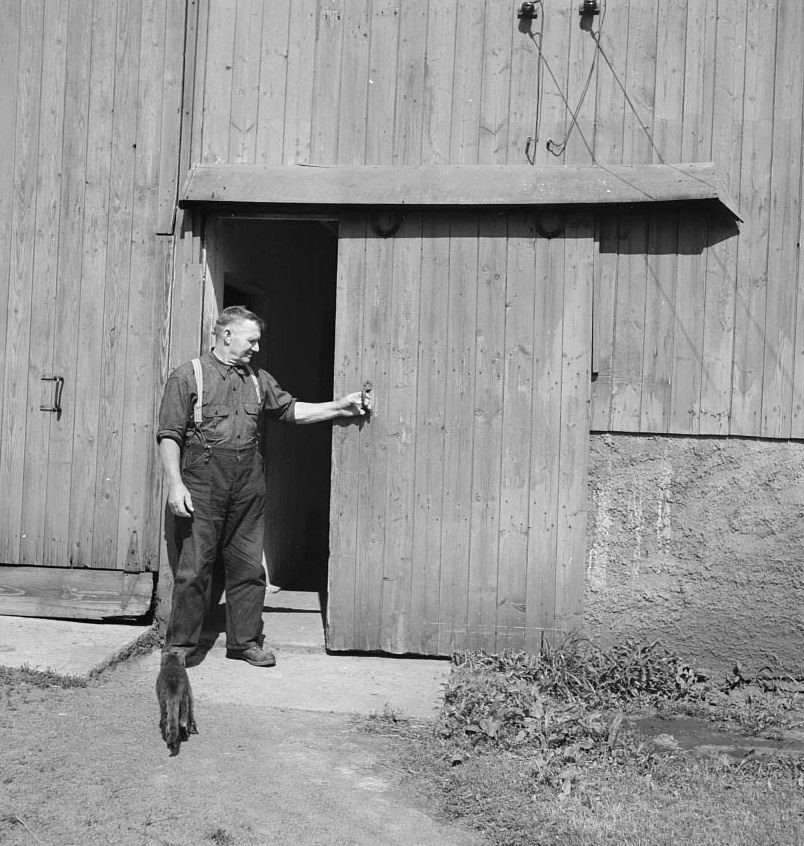

















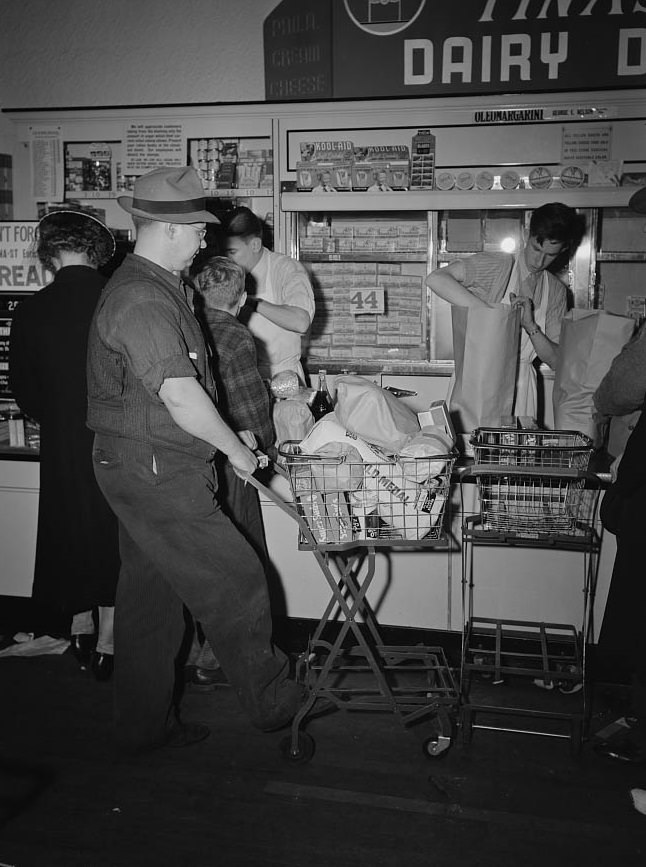












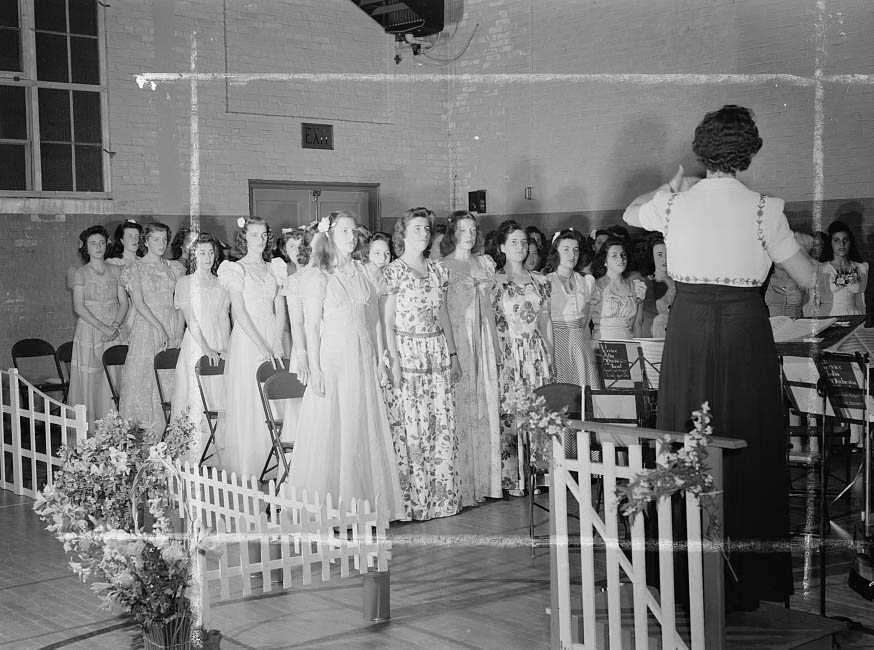




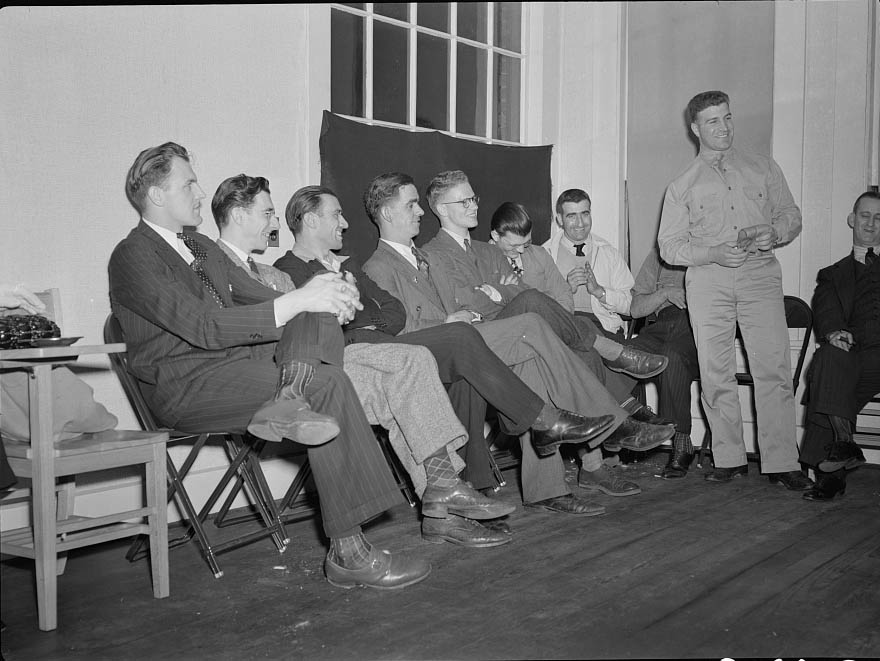

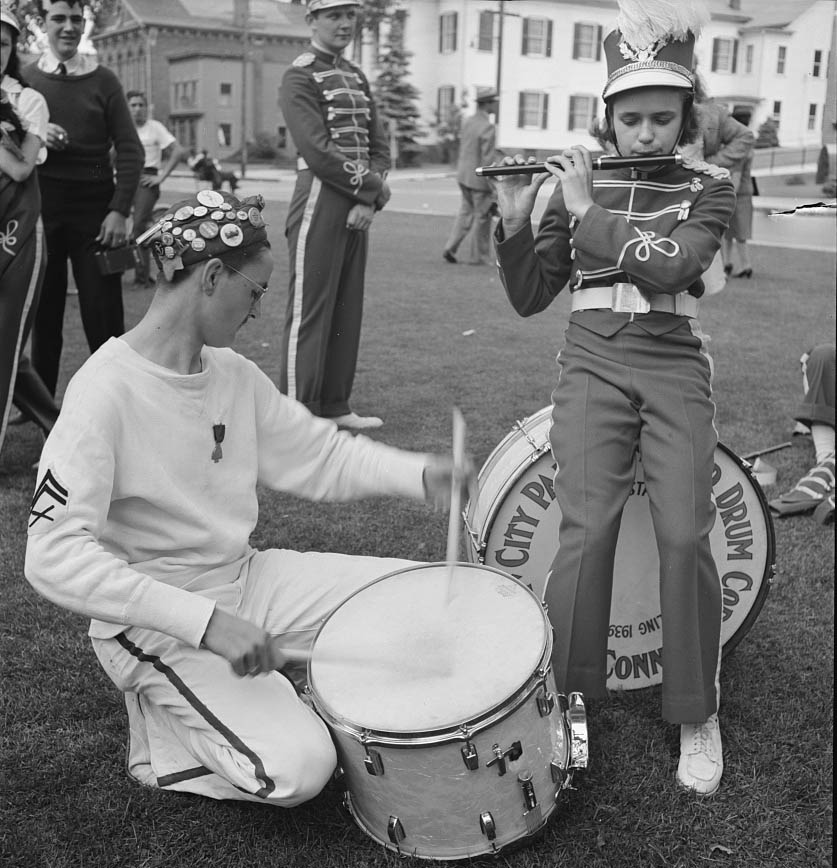

















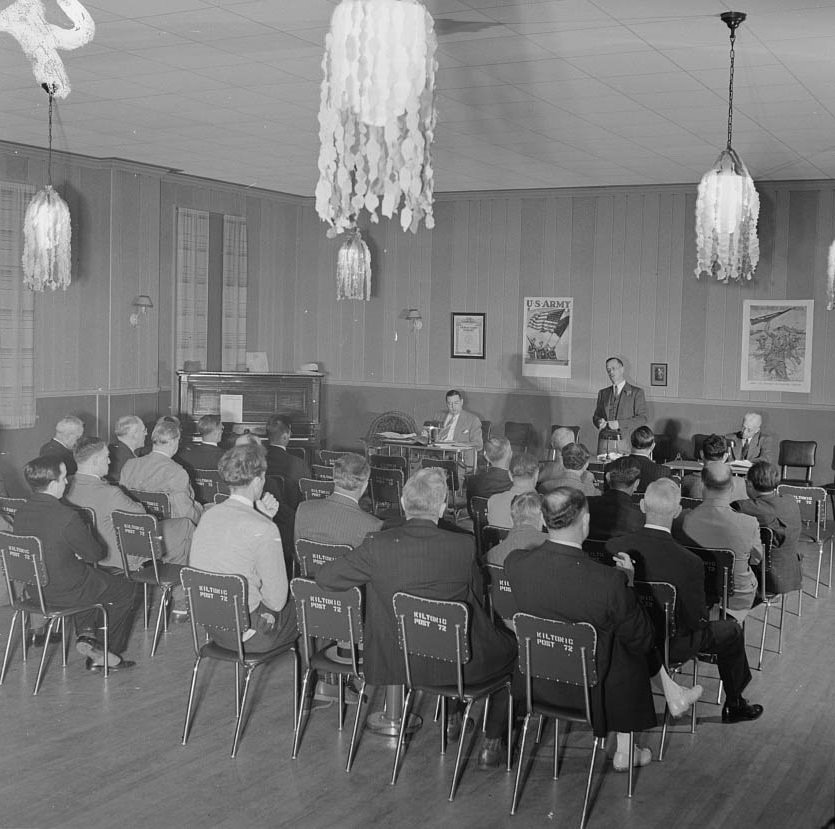








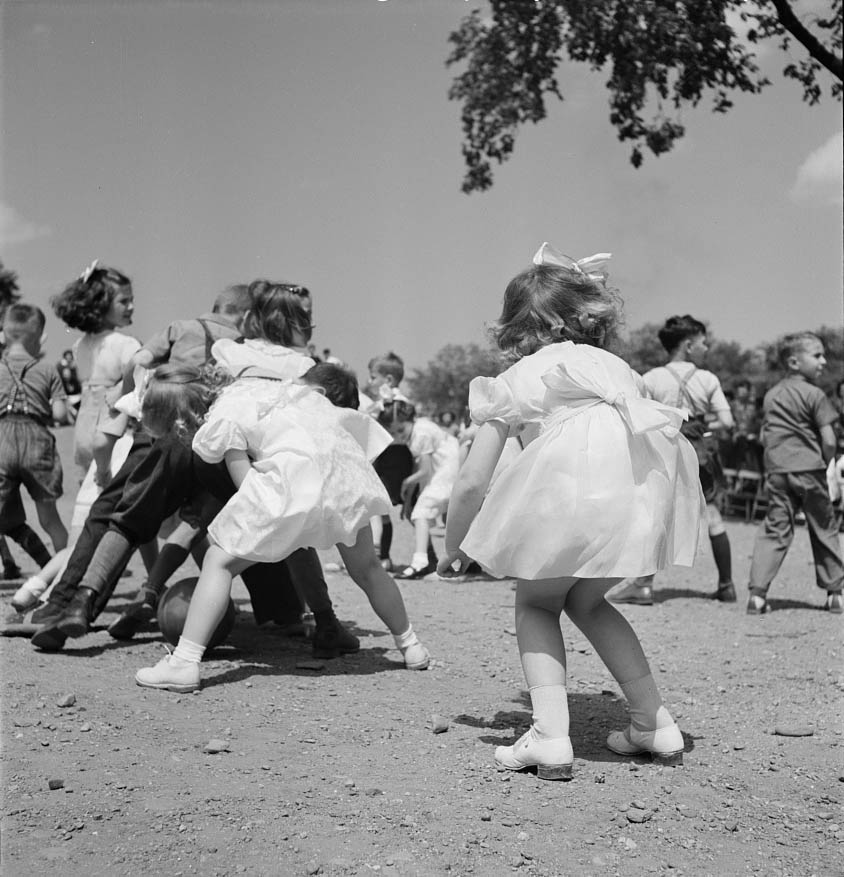


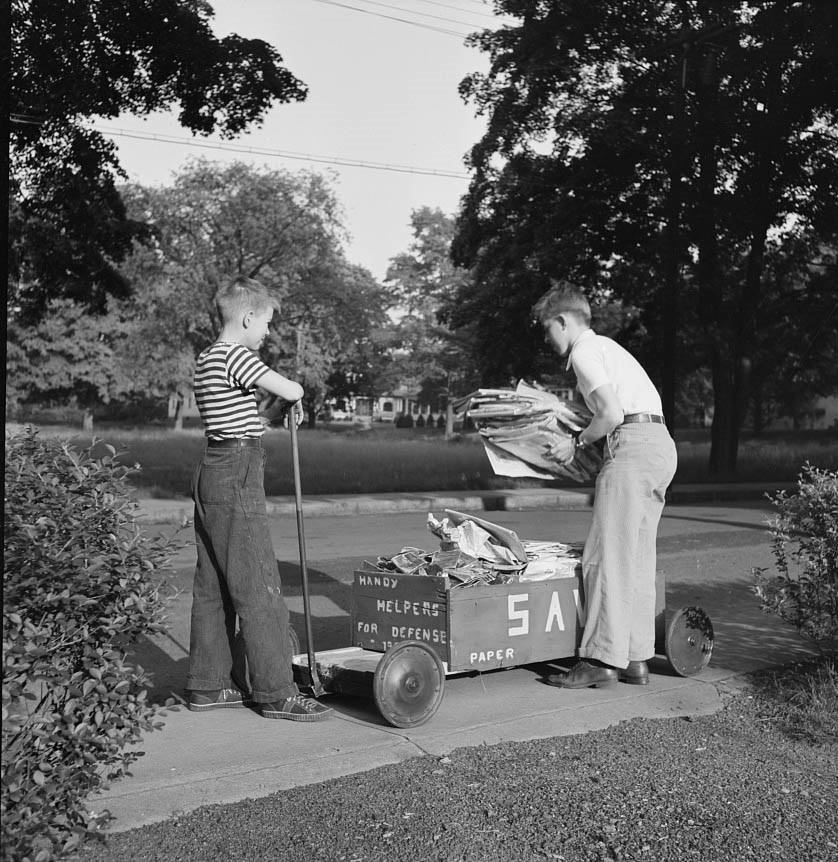




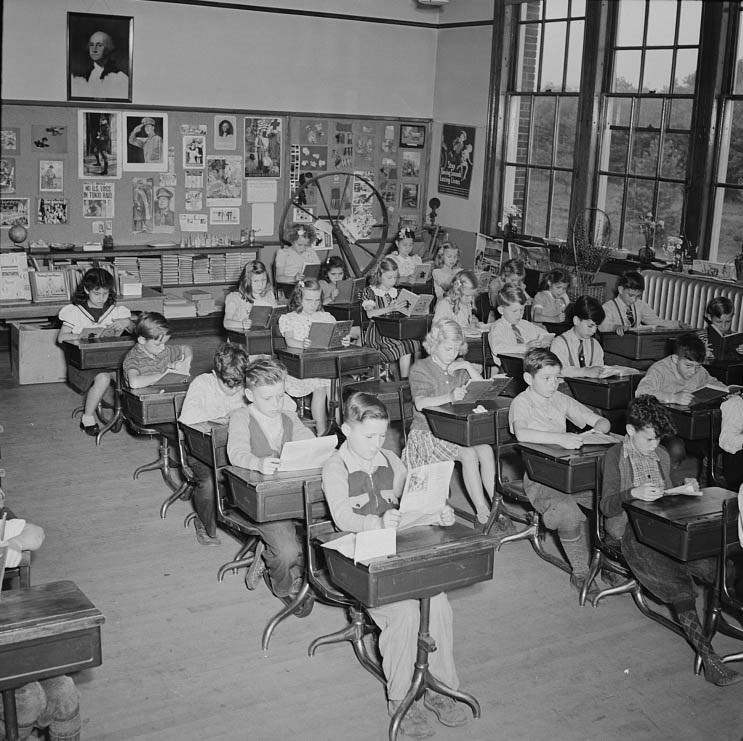


























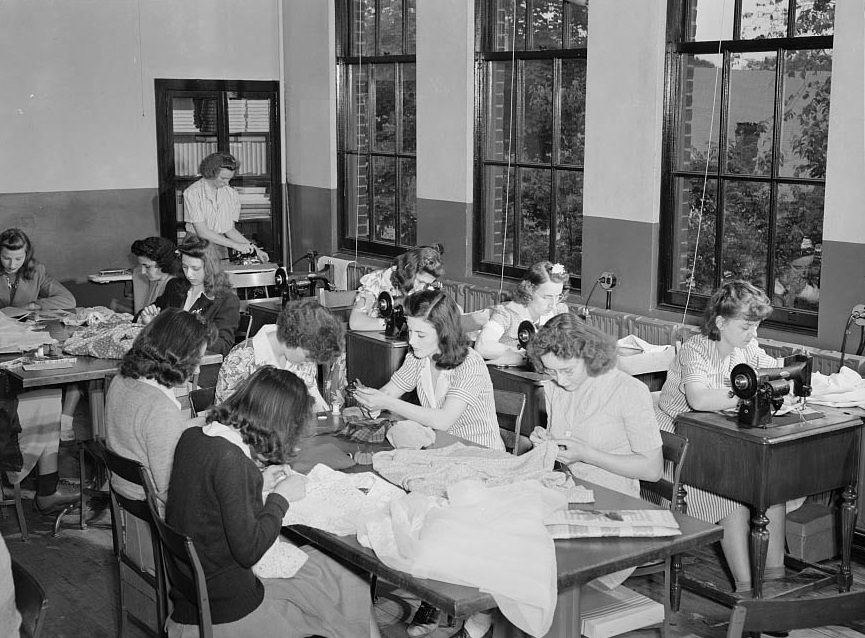
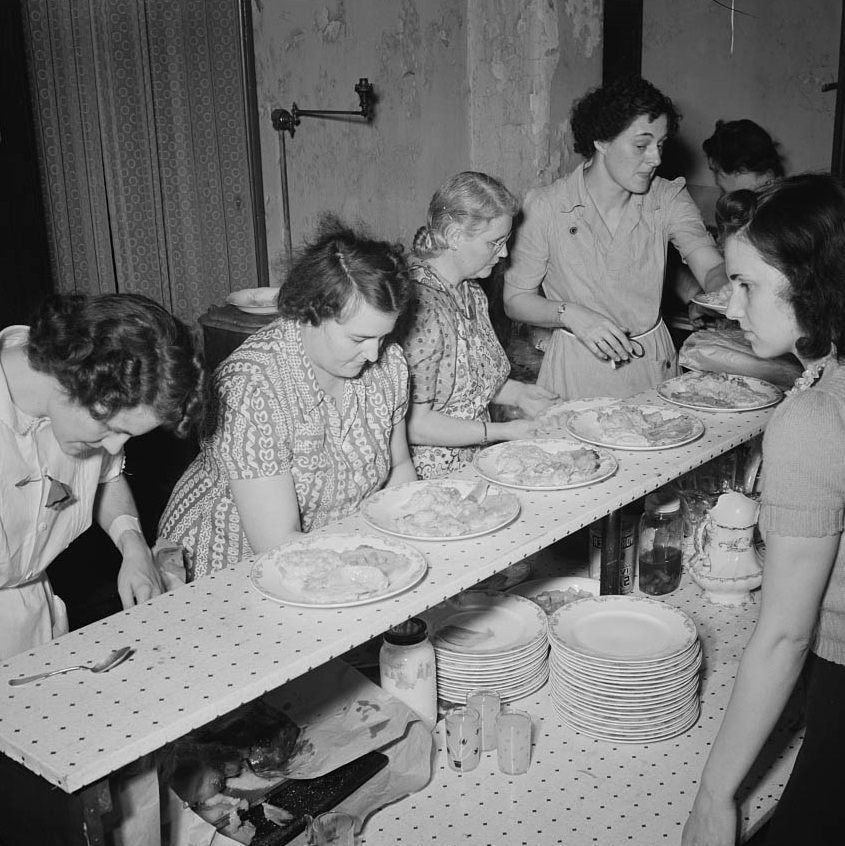


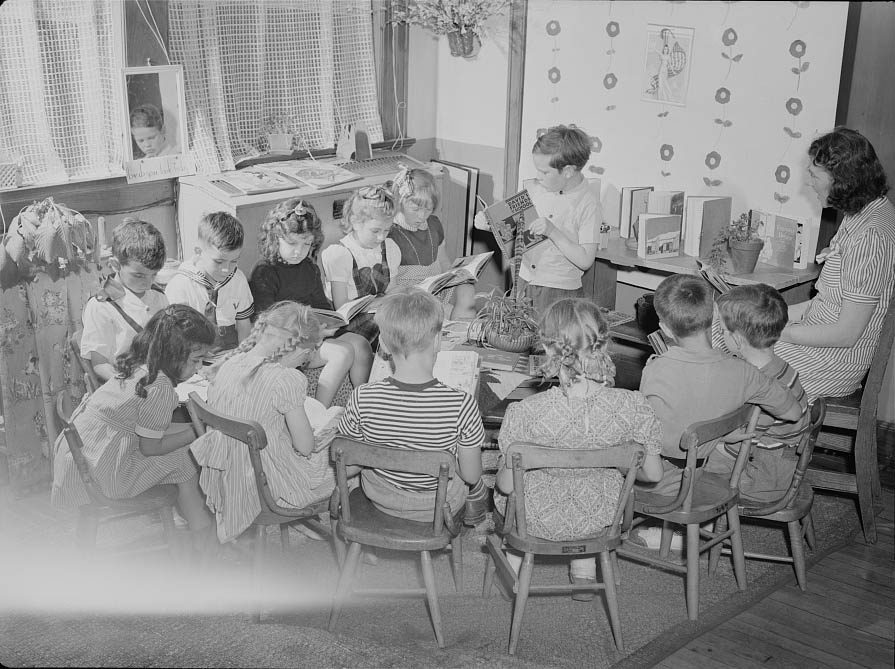




Loved these photos. Can still recognize some of the building from Main Street that are still there. And I assume the amusement park is lake compounce?